
This logo isn't an ad or affiliate link. It's an organization that shares in our mission, and empowered the authors to share their insights in Byte form.
Rumie vets Bytes for compliance with our
Standards.
The organization is responsible for the completeness and reliability of the content.
Learn more
about how Rumie works with partners.
Have you ever worked with a team that struggled to achieve their goals or constantly found roadblocks instead of success?

There are many reasons this could happen. One of the most frustrating is when no one questions processes that are outdated or inefficient.
5 common principles of critical thinking can help teams make small changes to improve processes and results.
What is critical thinking?
Critical thinking is a buzzword that comes up a lot in the education space or as a desired skill in many job descriptions, but what is it?
A great way to understand critical thinking is to first understand its opposite: automatic thinking.
Automatic thinking is how we most often make assumptions and decisions without even being aware of it. It helps us make sense of new information using what we know already.
They're the thoughts and images that pop into our minds out of habit or without conscious awareness.
The problem with automatic thinking is that it comes with cognitive bias and doesn’t seek out new information to challenge the old.
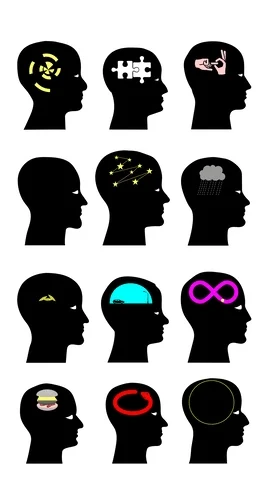
COGNITIVE BIAS (n) = the way a particular person understands events, facts, and other people, which is based on their own particular set of beliefs and experiences and may not be reasonable or accurate
So, critical thinking means actively analyzing information in a sensible, questioning way by examining new evidence and different points of view.
1. Identify the Problem
If you’ve ever been on a team project, you know that people can’t work together successfully without thoughtful organization and planning.
A lack of planning and focus can lead to endless meetings that suck up everyone’s time without getting much done.

When starting out on a team project, you don’t want to jump into tasks without first identifying the key problem or problems you're trying to solve or the end product you need to deliver.

This is part of thinking critically. You can't expect everyone on the team to take action on a problem until you agree on a clear objective.
Did you know?
Inefficient meetings cost businesses a projected total of $541 billion in resources last year. Doodle, an online scheduling service, analyzed data from 19 million meetings across the US and Europe. They found that "the majority of the meetings...were poorly organized and therefore not only a waste of time, but also a waste of money and resources."
2. Active Listening
Critical thinking involves actively listening to others’ ideas and criticisms. This means trying to put yourself in the position of the other person, and hearing their perspective with empathy.
What it doesn't mean: being occupied with what you’re going to say next or focusing on your own reaction.
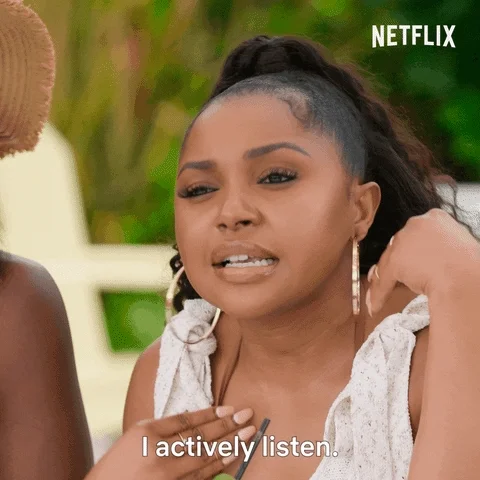
Try repeating what you understand the other person is saying in your own words to continue the conversation and mirror that you are listening. This also gives people a chance to clarify any misunderstanding.

Assigning Roles
Instead of automatically assigning roles for team processes, you can use active listening to rationally assess each other’s strengths and weaknesses and make decisions based on input.
In this way, team members will be more likely to “own” their part of the process, improving team efficiency and effectiveness.
Quiz: Jasmine's Team Meeting

A project team has its first kickoff meeting to start a new initiative. For this meeting, the agenda is to summarize the objective, assign roles, and determine the next steps. Jasmine is sharing her prior experience with a similar project to offer suggestions.

Jordan takes notes on his phone and nods that he understands. When Jasmine finishes, he thanks her for sharing.

Aziz summarizes what he understands to be the similarities between the two projects from what Jasmine has shared.

Scarlet says that she was passed over for that project but has participated in another similar project.

Dave asks Jasmine to elaborate on the outcomes and lessons learned from her previous project.
Quiz
Which of Jasmine's coworkers have best shown the critical thinking skill of active listening? Select all that apply:
Making eye contact and taking notes are good, but you can really show active listening by summarizing the point you think the speaker is trying to make, like Aziz, or by asking clarifying questions, like Dave.
3. Research and Share Knowledge
To find the best solution or approach for a process, you need to collect and analyze evidence that can support your decision-making.
You can use critical thinking to seek out reliable sources of information, such as subject matter experts, and assess the quality of the information you’ve gathered.

Once you have your objectives, you can proactively identify possible barriers to success.

As a team, you can use evidence-based reasoning to determine if you can remove those barriers or find creative ways to overcome them.
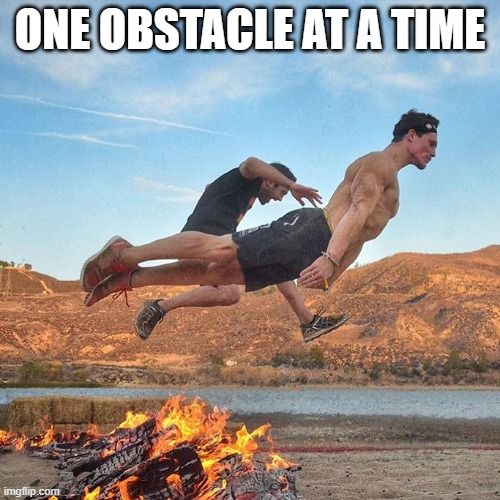
4. Ask Questions
The best way to reduce risk and human error is for teams to have a safe space to question each other.
If someone makes an assumption or says something you don’t agree with, ask them in a non-confrontational manner what their reasoning is.

If you don’t understand what someone is trying to say or you’re confused, ask them to further elaborate.
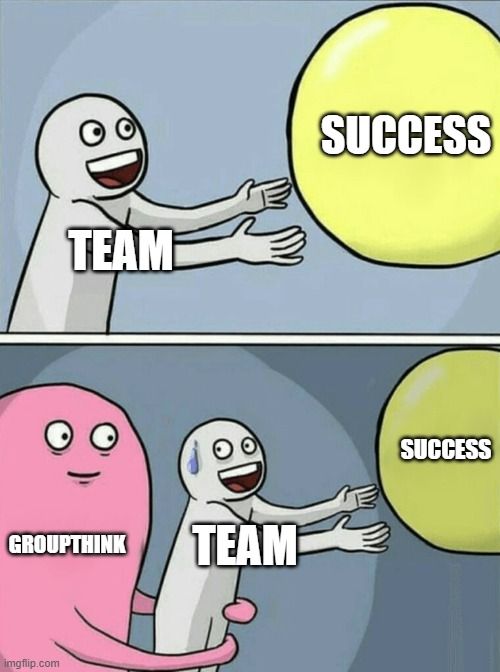
Without questioning, groups often give in to groupthink when making decisions.
Groupthink is when everyone goes along with the consensus of a group because they don't want to make waves.
This often happens if there's a power dynamic or when at least one person is dominantly vocal or insistent on a course of action.
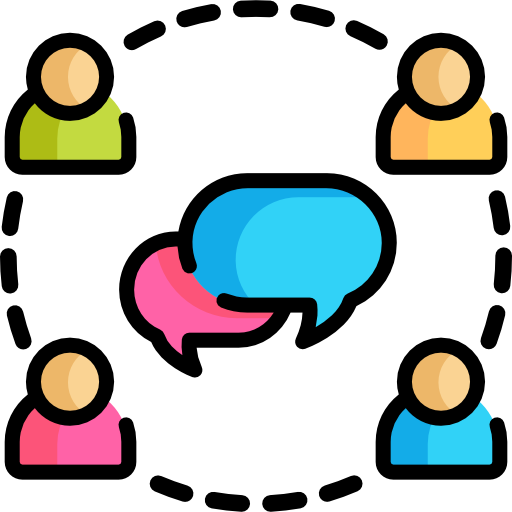
There are many examples of projects that have gone wrong because no one raised legitimate questions.
Successful teams that use critical thinking are aware that biases may be hiding in automatic thinking and groupthink, so they carefully examine ideas that seem objective before making a decision.
Quiz
Which of the following show a prospective employer that a job candidate has critical thinking skills? Select all that apply:
It's not wrong to take risks or strive to get along with everyone. However, these qualities can also be associated with groupthink and automatic thinking. Critical thinkers are open to hearing and considering new ideas and willing to question assumptions or inconsistencies.
5. Brainstorm
After gathering and analyzing all of the information, teams can brainstorm possible solutions and help each other consider the pros and cons of all possible action items.
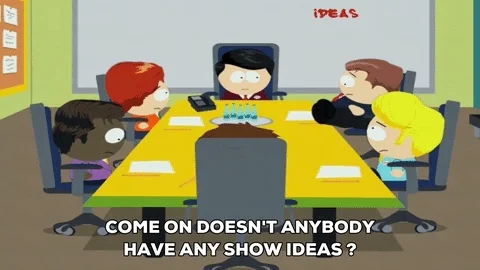
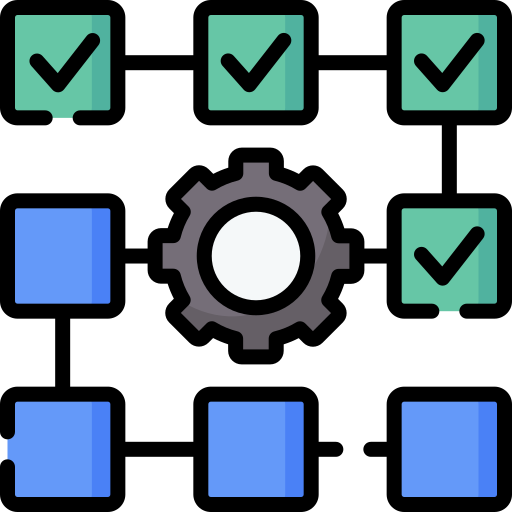
You can also use brainstorming to predict possible outcomes and risks of each option. When you prepare for risks, it's a lot easier to deal with them when they happen.

Finally you can implement the strategy you've collectively created to solve the problem.
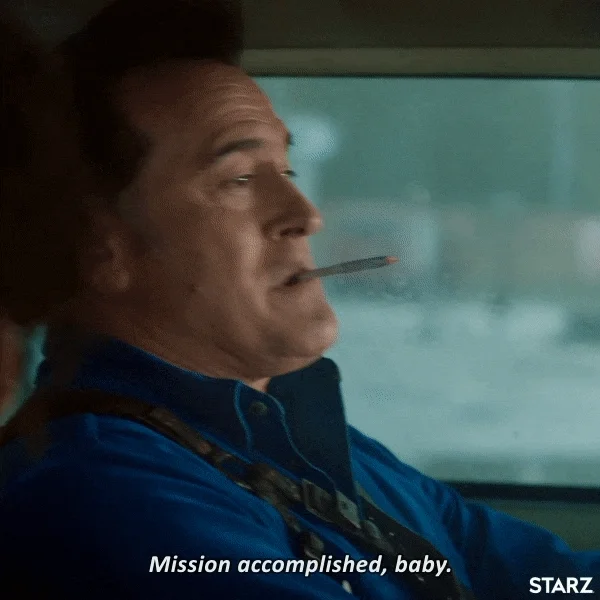
Later, critical thinking skills will come in handy again as you evaluate the results and make changes or adjustments with new information.
Take Action
The next time you're working with a team, try using these critical thinking strategies to help you streamline processes, challenge each other, and focus on results.
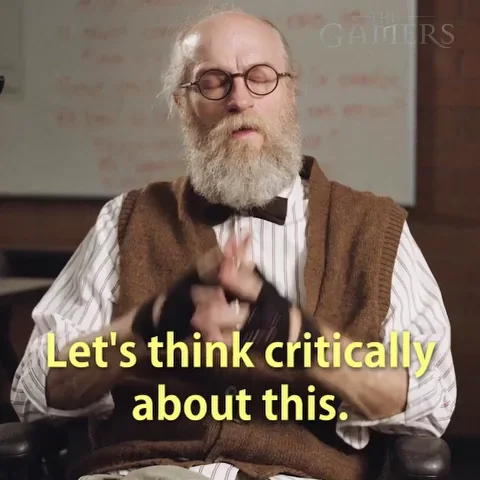
Take these steps to learn more:
This Byte has been authored by
Stacey Espiritu
Instructional Designer - Technical Training
MS Tech Communications
